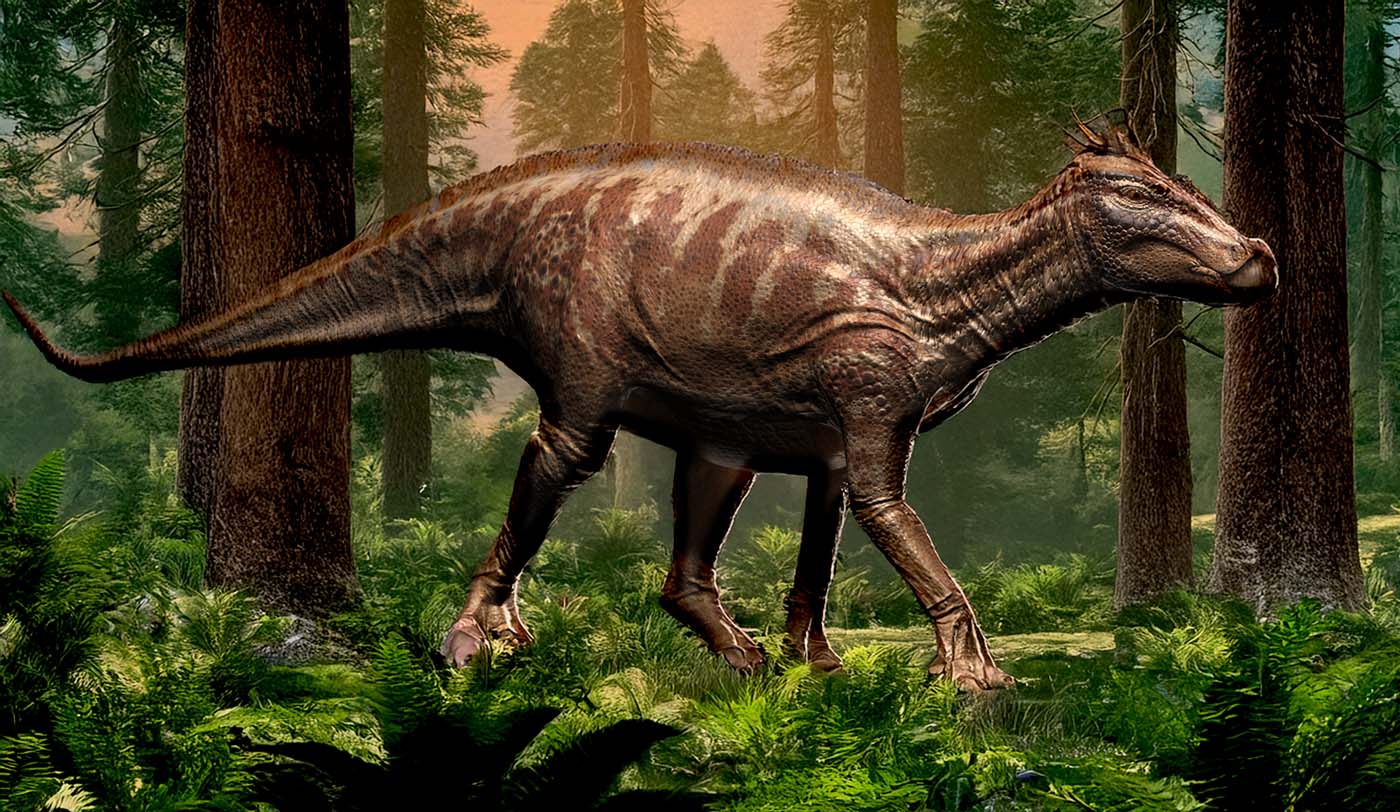New research provides compelling evidence that traces of collagen have been preserved in 70-million-year-old Edmontosaurus fossils, challenging previous assumptions about molecular preservation in ancient remains.
Key Points at a Glance:
- Scientists have detected traces of collagen in fossilized bones of Edmontosaurus, a duck-billed dinosaur from the Late Cretaceous period.
- The study challenges traditional beliefs that protein molecules cannot survive for millions of years.
- Advanced analytical techniques, including mass spectrometry, were used to confirm the presence of ancient biomolecules.
- These findings could reshape our understanding of fossilization processes and molecular preservation over deep time.
For decades, paleontologists have debated whether complex biomolecules such as collagen could survive for millions of years within fossilized bones. A groundbreaking new study published in Analytical Chemistry has now provided compelling evidence that endogenous collagen can persist in the fossilized remains of Edmontosaurus, a hadrosaurid dinosaur that lived approximately 70 million years ago.
Using state-of-the-art techniques, researchers analyzed well-preserved Edmontosaurus fossils and identified protein fragments indicative of collagen, a structural protein that plays a crucial role in connective tissues. Mass spectrometry and high-resolution imaging confirmed the presence of these ancient biomolecules, marking one of the strongest cases yet for long-term protein preservation in dinosaur fossils.
Collagen is known to degrade relatively quickly under normal conditions, leading many scientists to assume that proteins could not survive for more than a few million years. However, the detection of collagen fragments in a Cretaceous-era fossil suggests that exceptional preservation conditions may allow biomolecules to persist for far longer than previously thought. Researchers speculate that mineral entrapment and unique geochemical environments played a key role in stabilizing these proteins over tens of millions of years.
This discovery has significant implications for both paleontology and molecular biology. If proteins can be preserved in dinosaur fossils, it opens the door to studying ancient biomolecules in ways that were once thought impossible. Some scientists even speculate that this could provide insights into dinosaur physiology, evolutionary biology, and potential genetic relationships to modern species.
Despite these groundbreaking findings, skepticism remains within the scientific community. Some argue that contamination from modern sources could account for the detected collagen. To address this, the researchers employed rigorous contamination controls and multiple independent verification methods. While further replication and analysis will be needed to solidify these claims, this study adds weight to the growing body of evidence that organic molecules can survive deep time under the right conditions.
Moving forward, researchers plan to investigate whether other proteins or even traces of DNA might be found in well-preserved fossils. The application of increasingly sophisticated techniques—such as immunoassays, isotope analysis, and synchrotron radiation-based spectroscopy—may further clarify the mechanisms that allow ancient biomolecules to persist.
The implications of this discovery extend beyond paleontology. Understanding how proteins withstand extreme conditions over millions of years could inform fields such as bioengineering, materials science, and even medicine. If scientists can replicate the conditions that enable molecular stability in fossils, it may lead to breakthroughs in preserving biological materials for extended periods.
The presence of endogenous collagen in Edmontosaurus bones represents a significant step toward unraveling the mysteries of deep-time molecular preservation. Whether this evidence stands up to continued scrutiny or leads to further discoveries, it is clear that the field of molecular paleontology is entering an exciting new era of exploration.
